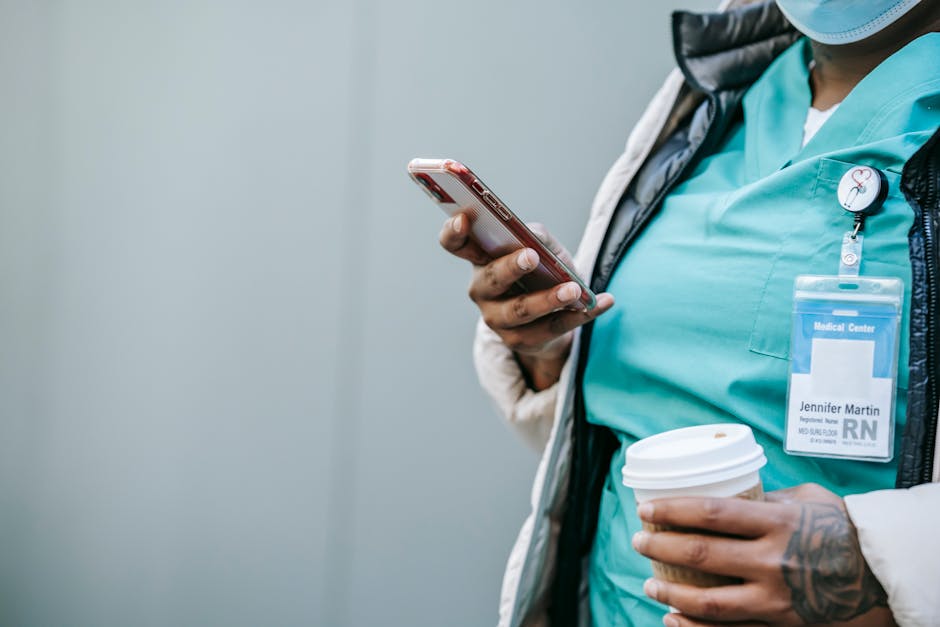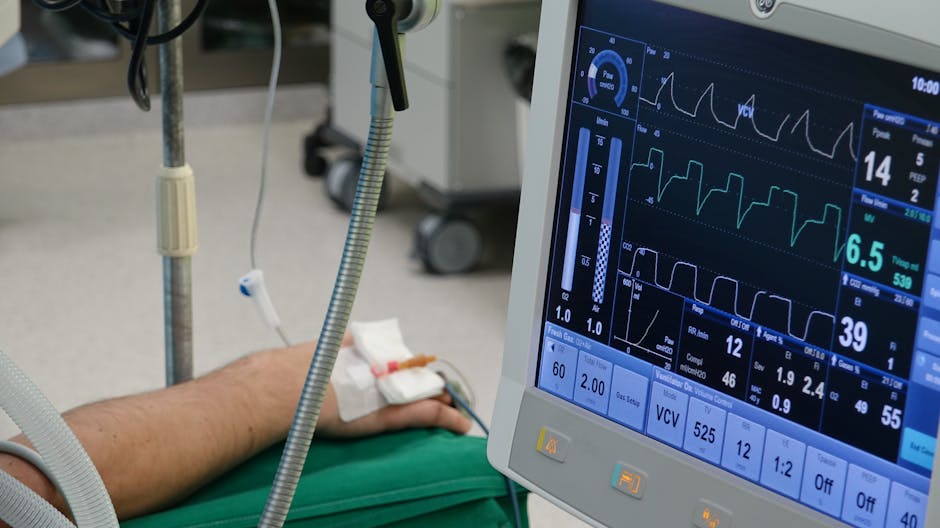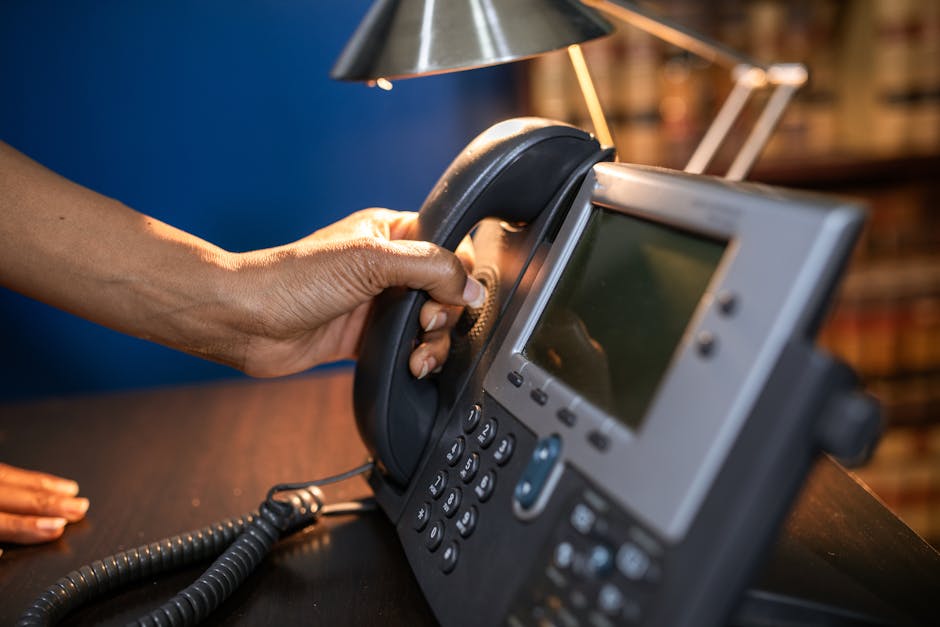In today’s hyper-connected world, smartphones have become an extension of ourselves. From checking emails to scrolling through social media, we’re rarely without our devices—even in the most private of places. The bathroom is no exception. But is it really OK to use your phone on the toilet? While it might seem harmless, this common habit has sparked debates among health experts, tech enthusiasts, and etiquette gurus. Let’s dive into the pros, cons, and surprising truths behind this modern-day phenomenon.
The Convenience Factor
For many, the bathroom has become a sanctuary for multitasking. Whether it’s catching up on work emails, scrolling through Instagram, or binge-watching YouTube videos, the toilet offers a rare moment of solitude in an otherwise busy day. Some argue that using your phone in the bathroom is a practical way to maximize time, especially for those with packed schedules. After all, why not turn a mundane activity into a productive or entertaining one?
The Hygiene Concerns
However, the convenience of using your phone on the toilet comes with significant hygiene risks. Bathrooms, especially public ones, are breeding grounds for bacteria and germs. Studies have shown that smartphones can harbor more bacteria than a toilet seat itself. When you bring your phone into the bathroom, it can pick up harmful pathogens like E. coli and Salmonella, which can then be transferred to your hands, face, and other surfaces.
Dr. Priya Sharma, a microbiologist based in Mumbai, warns, “Your phone is a portable petri dish. Using it in the bathroom increases the risk of cross-contamination, which can lead to infections and illnesses.” Regular cleaning of your device with disinfectant wipes can help mitigate this risk, but it’s not a foolproof solution.
The Health Implications
Beyond hygiene, using your phone on the toilet can also have unintended health consequences. Spending too much time on the toilet, a habit known as “tech-induced constipation,” can lead to hemorrhoids and other gastrointestinal issues. When you’re engrossed in your phone, you’re likely to sit longer than necessary, putting unnecessary pressure on your rectal veins.
Dr. Rajesh Patel, a gastroenterologist in Delhi, advises, “The ideal time to spend on the toilet is no more than five minutes. Prolonged sitting can disrupt your body’s natural bowel movements and cause long-term health problems.”
The Mental Health Angle
While smartphones can be a source of entertainment and productivity, they can also contribute to stress and anxiety. Bringing your phone into the bathroom blurs the line between work and relaxation, making it harder to disconnect and unwind. “The bathroom should be a space for mindfulness and self-care,” says psychologist Ananya Rao. “Constantly checking your phone can prevent you from being present in the moment and increase feelings of overwhelm.”
The Etiquette Debate
Using your phone on the toilet also raises questions about etiquette. In shared spaces, the sound of notifications or conversations can be disruptive and inconsiderate to others. Even in private, the habit can create awkward situations, such as accidentally answering a call mid-use or dropping your phone into the toilet (a surprisingly common occurrence).
The Verdict
So, is it OK to use your phone on the toilet? The answer isn’t black and white. While it may seem like a harmless habit, the potential risks to hygiene, health, and mental well-being are worth considering. If you must use your phone in the bathroom, take precautions like disinfecting your device regularly and limiting your time on the toilet.
Ultimately, the bathroom is one of the few places where we can truly disconnect from the digital world. Perhaps it’s time to reclaim this space as a phone-free zone and embrace a moment of quiet reflection—or at least a good old-fashioned magazine.
What do you think? Is using your phone on the toilet a harmless habit or a health hazard? Share your thoughts in the comments below!
Disclaimer: This article is for informational purposes only and does not constitute medical advice. Consult a healthcare professional for personalized guidance.




